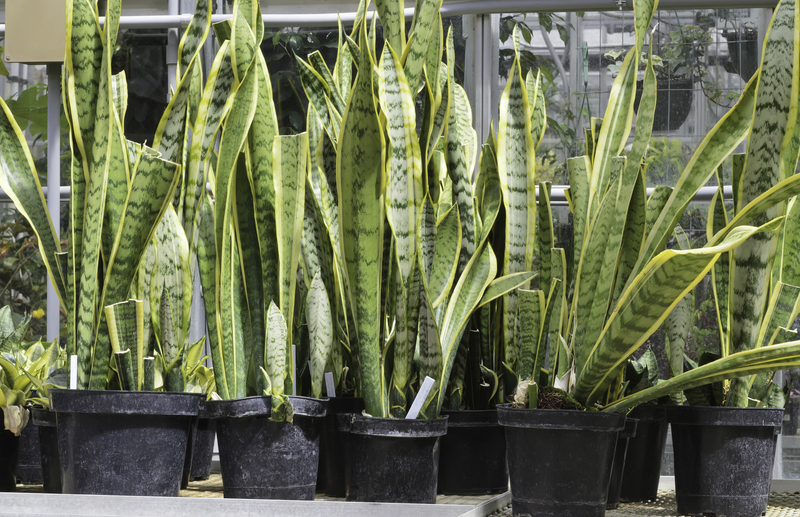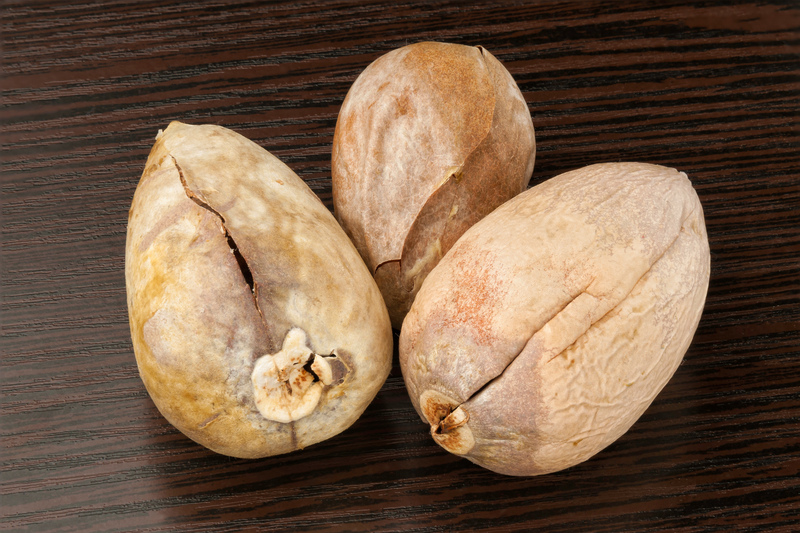Manual and Mechanical Approaches to Tree Stump Removal: A Comprehensive Guide
Tree stumps can be more than just an eyesore in your yard--they can be obstacles to landscaping, attract pests, and pose tripping hazards. If you're looking to remove a tree stump from your property, understanding the different stump removal techniques is crucial. In this guide, we'll take an in-depth look at both manual and mechanical approaches to tree stump removal to help you choose the best method for your needs.

Why Remove Tree Stumps?
Before delving into the methods for removing tree stumps, let's explore why it's so important to get rid of them:
- Safety hazards -- Stumps can be a tripping hazard for children, pets, and adults.
- Pest prevention -- Old stumps often harbor termites, carpenter ants, and fungi which can threaten other plants and wooden structures around.
- Curb appeal -- Removing stumps can dramatically improve your property's appearance.
- Space utilization -- Stumps can interfere with mowing, planting, and landscape design.
- New growth prevention -- Some stumps sprout undesirable shoots, creating ongoing yard maintenance issues.
Overview of Tree Stump Removal Methods
There are a variety of tree stump removal techniques available to homeowners and professionals. Broadly, these methods fall into two categories:
- Manual stump removal
- Mechanical (or power-assisted) stump removal
Each category has its own advantages, challenges, and ideal use cases.
Manual Approaches to Tree Stump Removal
Manual methods are best for small- to medium-sized stumps or when heavy machinery isn't an option. These techniques rely on muscle power and common hand tools to extract the stump and its roots.
Key Manual Tools for Stump Removal
- Shovel or spade
- Mattock or grub hoe
- Axe or hatchet
- Root saw or pruning saw
- Loppers
- Steel digging bar
- Heavy-duty chains and vehicle (optional)
Step-by-Step Manual Stump Removal Process
- Clear the Area:
- Cut the stump close to the ground with a saw or chainsaw.
- Remove rocks and debris around the base of the stump to protect your tools.
- Expose Major Roots:
- Dig a trench around the stump, exposing the main roots with a shovel or mattock.
- Cut Through the Roots:
- Use loppers, an axe, or a root saw to cut large roots away from the stump.
- Continue digging and cutting until the stump is loosened from the soil.
- Remove the Stump:
- Rock the stump back and forth to break it free. A digging bar can help leverage the stump out.
- For stubborn stumps, wrap with a heavy chain and pull with a vehicle, being extremely cautious and ensuring safety.
- Backfill the Hole:
- Use soil to fill in the hole left behind, level the ground, and seed grass if needed.
Advantages & Disadvantages of Manual Stump Removal
- Advantages:
- Low cost--minimal equipment required
- Ideal for small stumps or confined yards
- No need for power or fuel
- Allows for precise removal without collateral damage to nearby plants
- Disadvantages:
- Labor-intensive and physically demanding
- Impractical for very large or deeply rooted stumps
- Time-consuming, especially for multiple stumps
Mechanical Approaches to Tree Stump Removal
For larger, harder stumps or faster removal, mechanical stump removal methods are preferred. These techniques use power equipment to grind, uproot, or extract stumps efficiently.
Popular Mechanical Stump Removal Equipment
- Stump grinders
- Mini-excavators
- Backhoes or skid steer loaders with stump bucket attachments
- Chainsaw (for notching large stumps)
- Winch systems
How to Remove a Stump Using a Stump Grinder
*Stump grinding* is the most common and accessible mechanical stump removal method available today. Many equipment rental centers offer stump grinders if you wish to tackle the project yourself.
- Preparation:
- Cut the stump as low to the ground as possible using a chainsaw.
- Clear rocks, sticks, and debris from the stump area.
- Wear safety gear: goggles, gloves, hearing protection, and steel-toed boots.
- Set Up the Stump Grinder:
- Roll the grinder into position above the stump.
- Engage the brakes and lower the cutting wheel.
- Grind the Stump:
- Start the engine and slowly lower the spinning cutting wheel onto the stump.
- Move the grinder side to side, allowing the wheel to chip away small layers of wood.
- Work methodically until the stump is ground to a depth of 6-12 inches below the surface.
- Grind visible major roots as much as possible.
- Clean Up:
- Collect and remove all wood chips, filling the hole with soil or mulch.
- Sow grass seed if lawn restoration is needed.
Excavation Methods for Stump Removal
For deeply rooted or very large stumps, mechanical excavation using a backhoe, mini-excavator, or skid steer loader is often the quickest solution.
- Excavate around the stump to expose primary roots.
- Use the machine's bucket or attachment to pry out the stump, roots, and all.
- Fill in the cavity left by the removed stump and compact the soil.
- This method is efficient, but may cause significant soil disturbance and is best for undeveloped sites.
Mechanical Stump Removal: Advantages & Disadvantages
- Advantages:
- Fast and effective, especially for large stumps
- Reduces risk of personal injury (when performed by trained operators)
- Stump grinders and excavators can handle multiple stumps quickly
- Minimal physical exertion compared to manual methods
- Disadvantages:
- Equipment rental or professional service can be costly
- Heavy machinery may damage lawns, landscaping, or underground utilities
- Requires access for large equipment; not always possible in tight spaces
- Stump grinding leaves roots intact, which may decompose slowly
Choosing the Right Stump Removal Method
The decision between manual and mechanical methods for tree stump extraction depends on several factors:
- Stump Size: Manual digging works best for stumps under 12 inches in diameter; mechanical approaches are best for larger stumps.
- Root Complexity: Larger, older trees generally have extensive root systems that may require mechanical removal.
- Landscaping Plans: If you plan on replanting or building, complete root removal may be necessary.
- Accessibility: Manual tools fit narrow or obstructed spaces where machines can't reach.
- Budget: Manual removal is generally cheaper in terms of equipment costs but may have a higher labor cost in time or effort.
- Time Constraints: Mechanical removal is significantly faster if you need immediate results.
Alternative and Supplemental Stump Removal Techniques
Chemical Stump Removal
Although not a mechanical or manual approach, chemical methods can hasten the decomposition of a leftover stump. Specialized compounds, usually containing potassium nitrate, are applied to drilled holes in the stump to speed up rotting. Note: Chemical stump removers require months to take effect, and not all municipalities allow their use due to potential environmental impact.
Burning Stumps
Burning out a stump is an old but risky technique. Proper local regulations and safety must always be followed. This method may only partially consume the stump, and leftover charcoal can persist in the soil.
Professional Stump Removal Services vs. DIY Approaches
While many homeowners attempt DIY stump removal, hiring a professional tree service often pays dividends--especially for large-scale or hazardous jobs. Here's a quick comparison:
- DIY Manual Removal: Economical, rewarding for small stumps, requires time and physical effort.
- DIY Mechanical Removal: Equipment rental can be cost-effective, but there's a learning curve and some risk involved.
- Professional Service: Fast, safe, and efficient--ideal for difficult or multiple stumps.
Questions to Ask Before Hiring a Stump Removal Service
- What stump removal methods do you use?
- Are you licensed and insured?
- How deep will you grind below ground level?
- Will you remove surface roots as well?
- Is site cleanup included in the estimate?

Environmental Impact and Site Restoration
Whether using manual or mechanical stump removal methods, there are environmental considerations:
- Soil Disruption: Heavy equipment can compact or disturb soil, impacting future planting.
- Mulch Recycling: Ground stumps produce woodchips that can be used as mulch or composted.
- Backfilling: Always fill stump holes to prevent hazards and promote healthy regrowth of turf or garden beds.
Conclusion: The Best Approach to Removing Tree Stumps
Removing a tree stump is an important step towards reclaiming and beautifying your landscape. Manual stump removal techniques provide a low-cost, environmentally friendly solution for small jobs, while mechanical stump extraction methods offer speed and effectiveness for tougher challenges. Assess your site, the size of the stump, and your resources to choose the best approach. And remember, when in doubt or facing significant obstacles, hiring a trusted local stump removal service ensures safe and thorough results.
Whether you choose a manual method, a mechanical approach, or professional stump grinding services, the key to successful tree stump removal is careful planning, the right tools, and safety first.